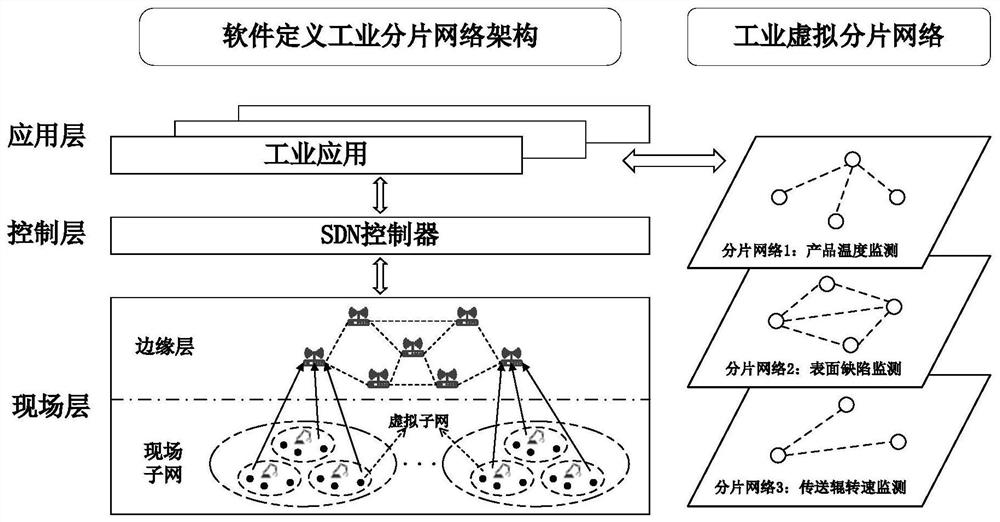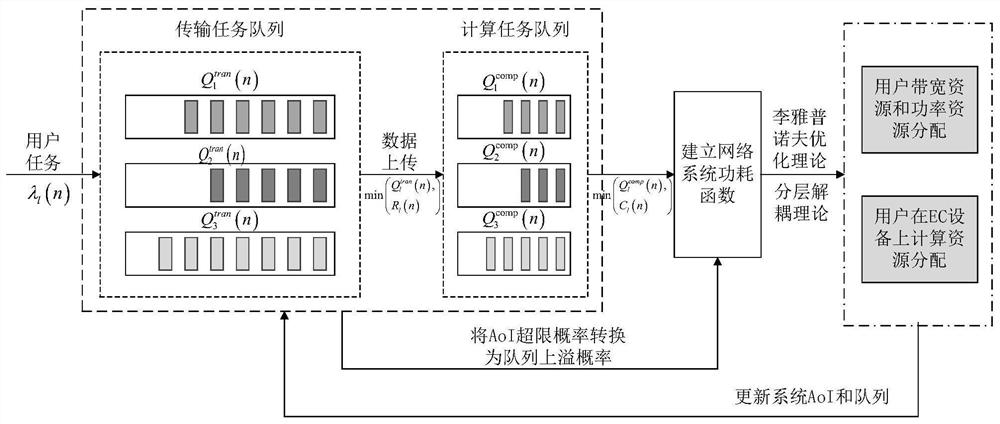Industrial edge network system architecture and resource scheduling method
A technology for edge network and resource scheduling
- Summary
- Abstract
- Description
- Claims
- Application Information
AI Technical Summary
Problems solved by technology
Method used
Image
Examples
Embodiment Construction
[0066] The following describes several preferred embodiments of the present invention with reference to the accompanying drawings, so as to make the technical content clearer and easier to understand. The present invention can be embodied in many different forms of embodiments, and the protection scope of the present invention is not limited to the embodiments mentioned herein.
[0067] Based on SDN network slicing technology, the present invention provides an industrial edge network system architecture for multi-TSCIA task requirements. The system structure is composed of three layers: application layer, control layer and field layer. The application layer is based on different application requirements. Divided into a variety of industrial virtual slicing networks; the control layer mainly includes a software-defined network (SDN) controller, which carries the timeliness requirements of application information through the northbound interface, and accepts field data and issues...
PUM
 Login to View More
Login to View More Abstract
Description
Claims
Application Information
 Login to View More
Login to View More - R&D
- Intellectual Property
- Life Sciences
- Materials
- Tech Scout
- Unparalleled Data Quality
- Higher Quality Content
- 60% Fewer Hallucinations
Browse by: Latest US Patents, China's latest patents, Technical Efficacy Thesaurus, Application Domain, Technology Topic, Popular Technical Reports.
© 2025 PatSnap. All rights reserved.Legal|Privacy policy|Modern Slavery Act Transparency Statement|Sitemap|About US| Contact US: help@patsnap.com



